Healthy Hygiene Playbook: Navigating Resistance with Creativity, Motivating Incentives, and Positive Reinforcement
When life is jam-packed, as it somehow always seems to be for us parents, finding the time (and energy) to convince your little ones to brush their teeth can feel challenging (never mind successfully convincing them to embrace basic hygiene habits which can feel impossible!).
Every parent has experienced pushback from their child in this area because, for most kids, basic hygiene tasks are not fun (especially when practicing these tasks means they must stop doing whatever it is they are doing). Imagine being a kid when snacktime rolls around: the idea of having to pause and wash the germs off your hands before indulging would feel like an utter nuisance! Similarly, bathtime can be a bummer if it means they are being pulled away from an enjoyable activity to “get clean.” Something as quick as brushing teeth might even become a battleground for kids who are learning to say “no” for the sake of testing boundaries. These types of resistance to hygiene tasks are for the most part developmentally appropriate in young kids - and - they stress us parents out, especially in a post-Covid world. Keep reading for some creative and playful ways to help your child not only adopt, but actually enjoy healthy hygiene habits every day!
Make hygiene fun
Kids relish autonomy and naturally seek independence. This means your child is more likely to adhere to your requests if they understand your reasoning. If you can communicate this in a “fun” way as opposed to in a clinical way (or even in a scary way - “if you don’t wash your hands the germs will get you sick!”) will increase the chances that they will comply.
FUN IDEA: Teach kids about germs using the “Glitter Germ Game.” First, have them trace their hand on a piece of paper. Then, cover the inside of their hand with glitter glue before asking them to give their traced-on-paper-hand a high five. Have them share their observations as they watch the “glitter germs” transfer to the paper. Talk to them about how germs transfer from one hand to the next all day long as you help them scrub off the glitter glue (“glitter germs”) with soap and water. In the future, instead of saying “wash your hands before dinner,” you might say something like “no ‘glitter germs’ at the table!” to make the activity more attractive to them - after all, glitter is objectively awesome, and you are referencing an enjoyable experience you shared with them which may be motivating as well!
Glowing goals and awesome incentives
An effective visual representation of progress toward goals is the Goodtimer’s “glowing lights” feature. If your child challenges you when it's time to take a bath, lean on your Goodtimer for support! First, create a house rule to support your hygienic expectations (e.g., “daily bath”). Then, well before their bath time, talk to your child about the importance of getting clean and taking time to be with water and relax to justify the house. Let them know you get cleaned up in the bath or shower, too, and tell them what you like about it. Ask them to use their senses in the shower to enjoy the feel of the water, the smell of the soap, etc.
From there, work with your child to create a motivating incentive that will improve their attitude about hopping into the tub. Perhaps you can take them shopping for bath crayons and give them a new color crayon every time they agree to a bath without a fight. Stay consistent with this routine to help your kids embrace bathtime, and sweeten the deal by letting them call the shots on little choices (e.g., what color washcloth they’ll use).
Allow for autonomy whenever possible
The goal of practicing good hygiene is to not only be healthy, but to create healthy habits that kids can learn to value and carry with them through life. For now, kids who don’t brush their teeth might get a cavity, but several years from now they may be at risk for tooth decay. Now is the time to set them up to success! At about the age of 2, you can give your toddler the toothbrush and let them do their own brushing. By giving your child the tool to have autonomy around the “job,” you’re instilling a sense of confidence in their taking control of their self-care routine. Remember to model proper techniques by brushing your own teeth right next to them.
It is perfectly normal for your child to show resistance to healthy hygiene habits, especially as they embrace their independence. Try to use their reluctance as an opportunity to get creative in finding fun and effective ways to teach the habits, then reinforcing the desired behaviors with your Goodtimer incentives.
Watch the Video:



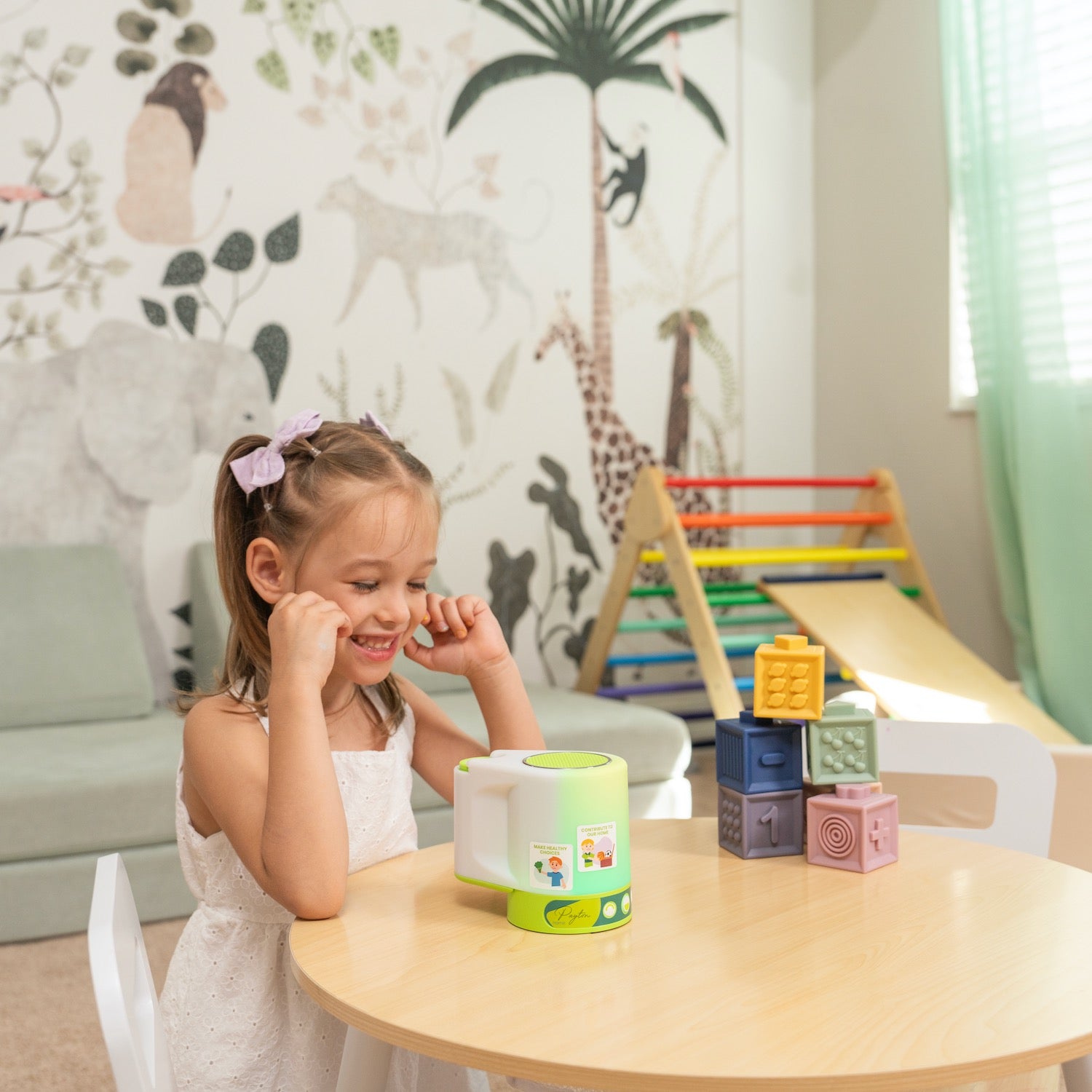
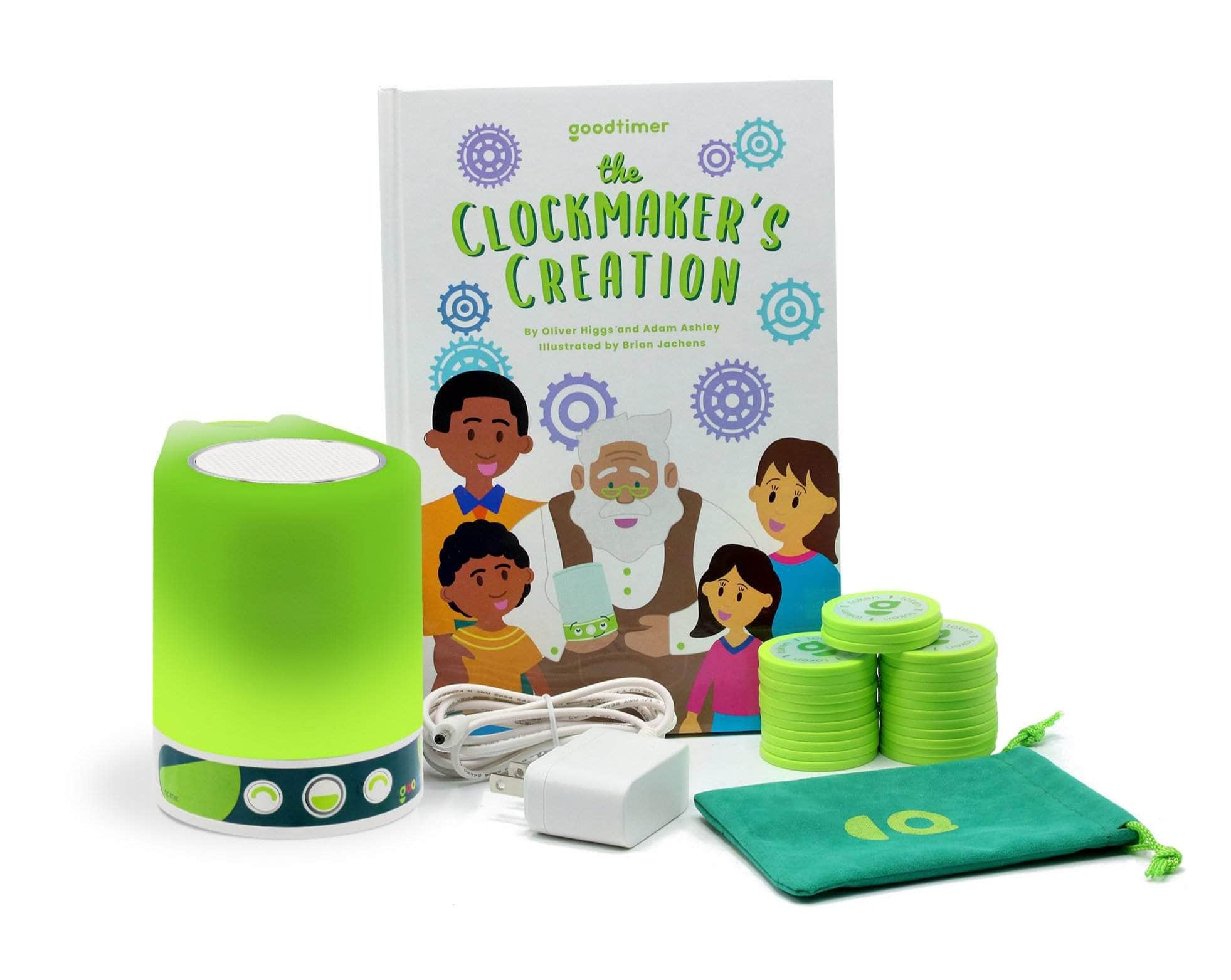
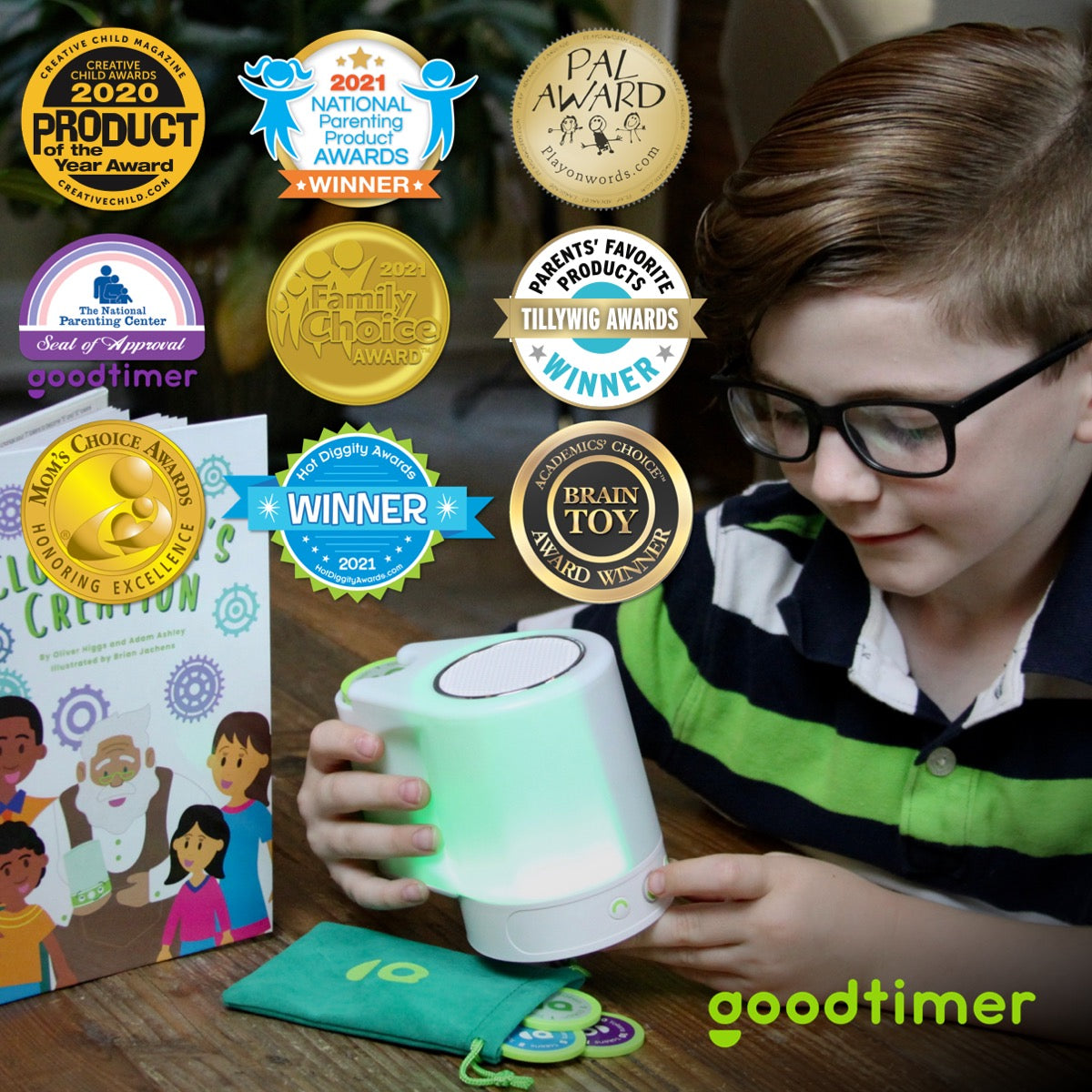
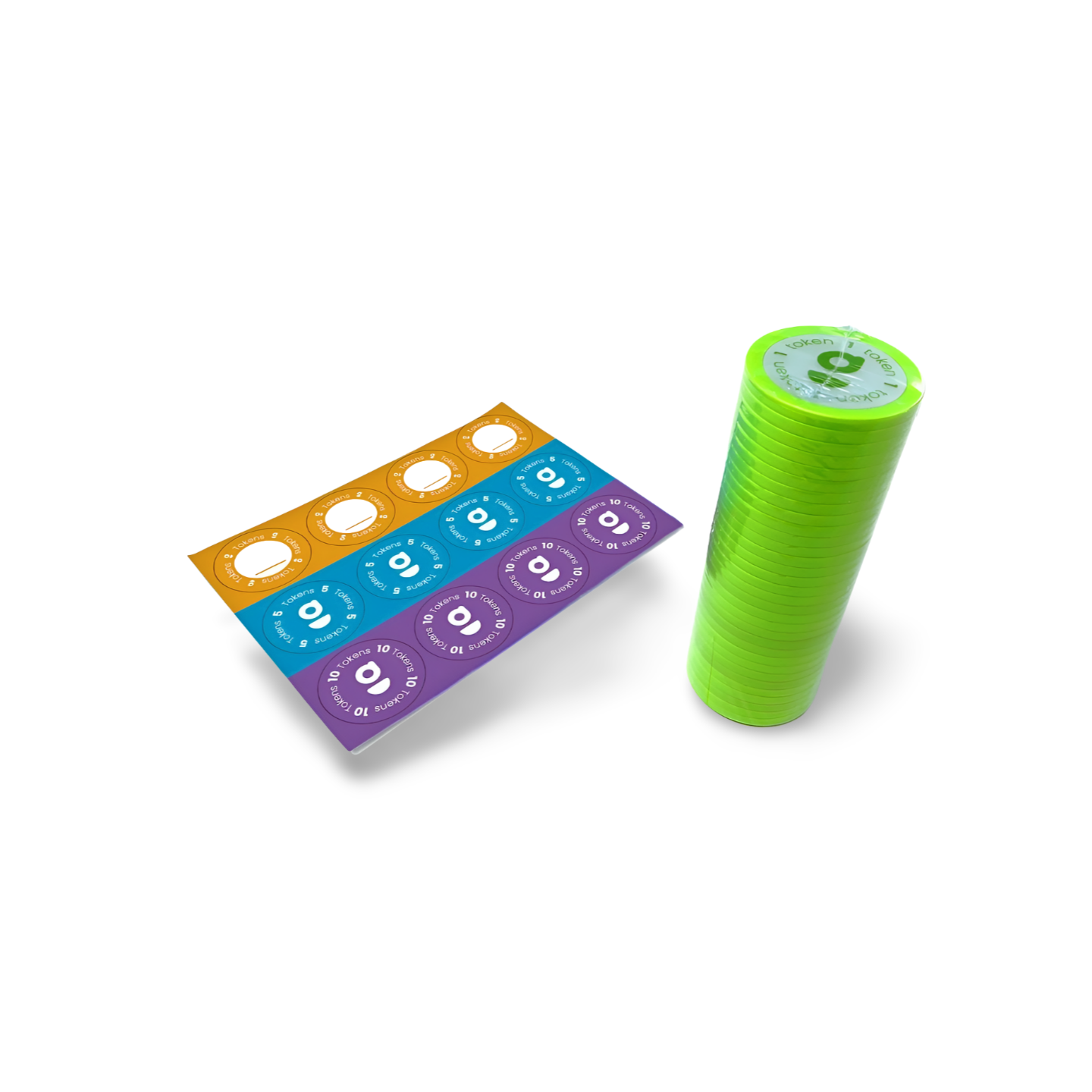
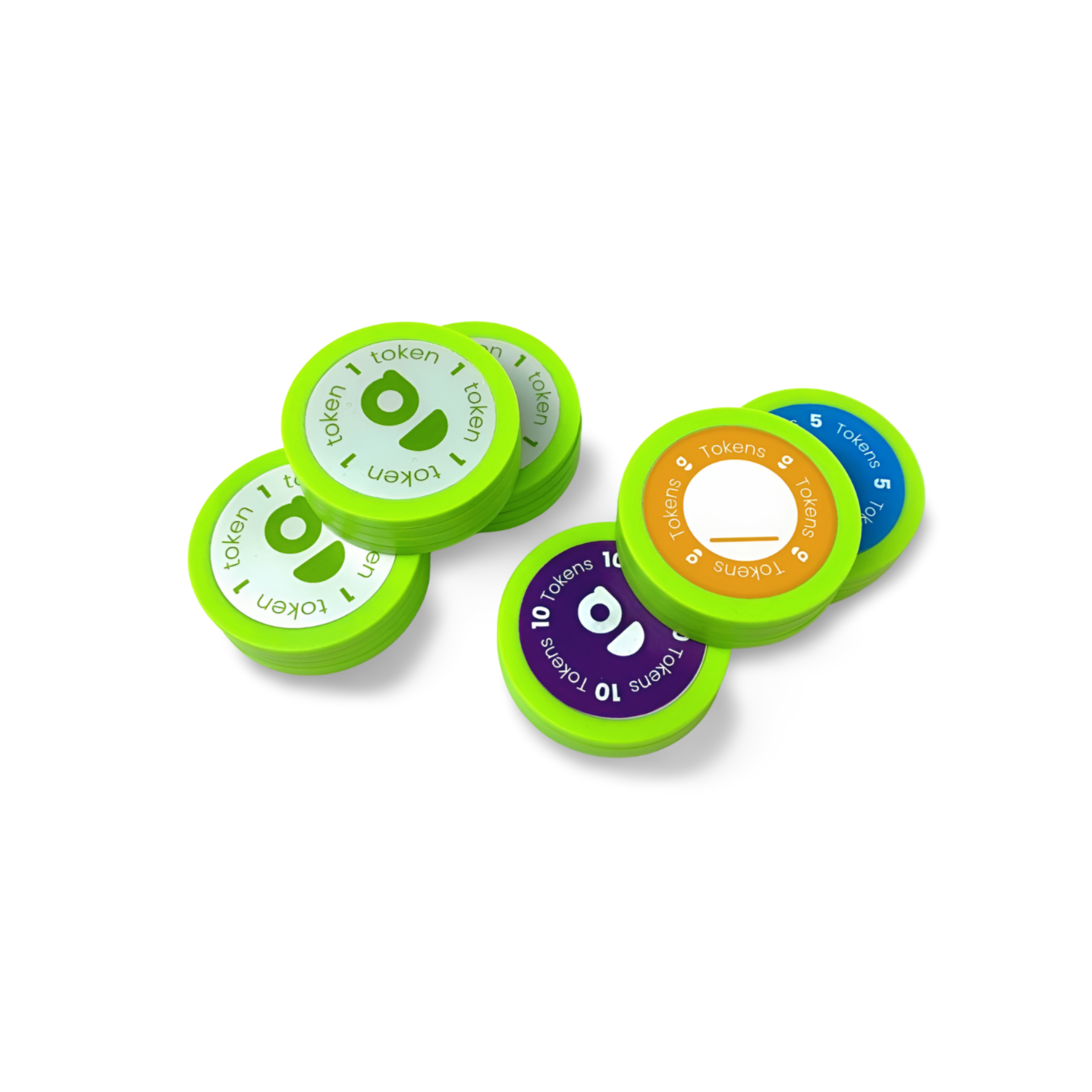
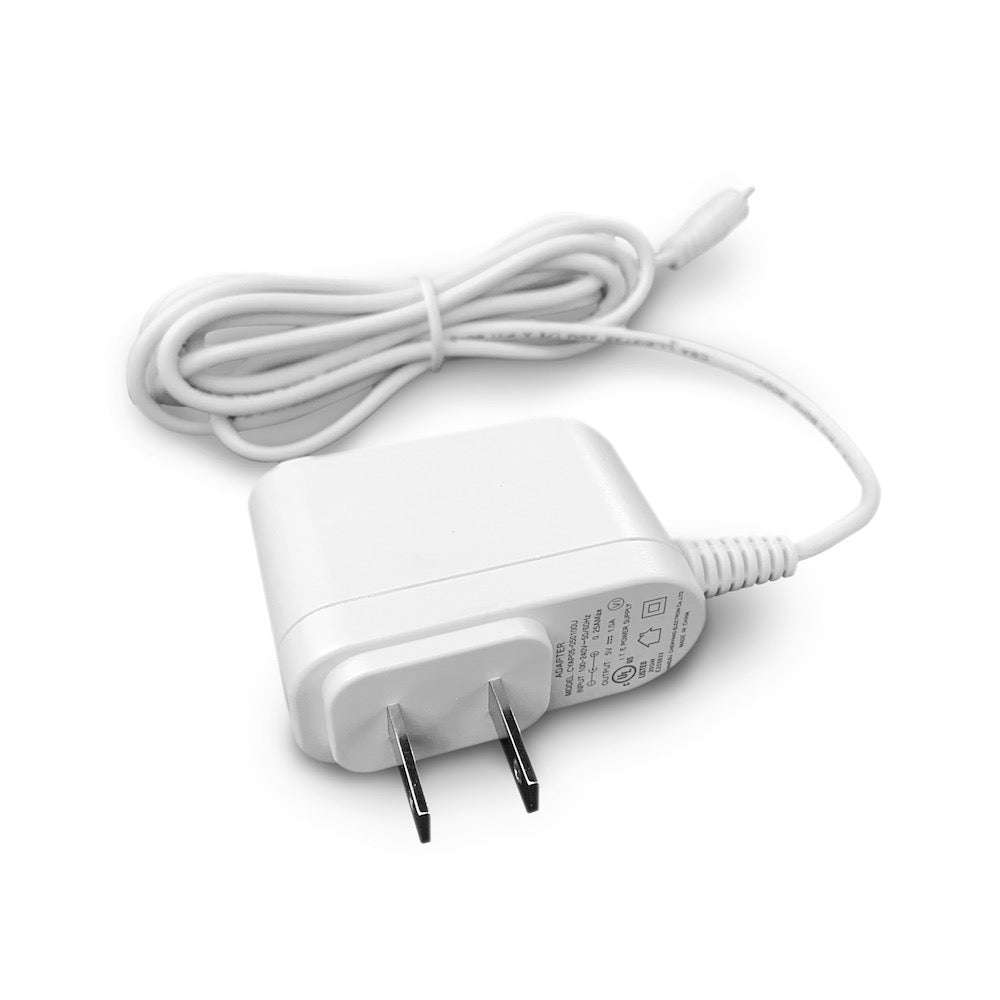
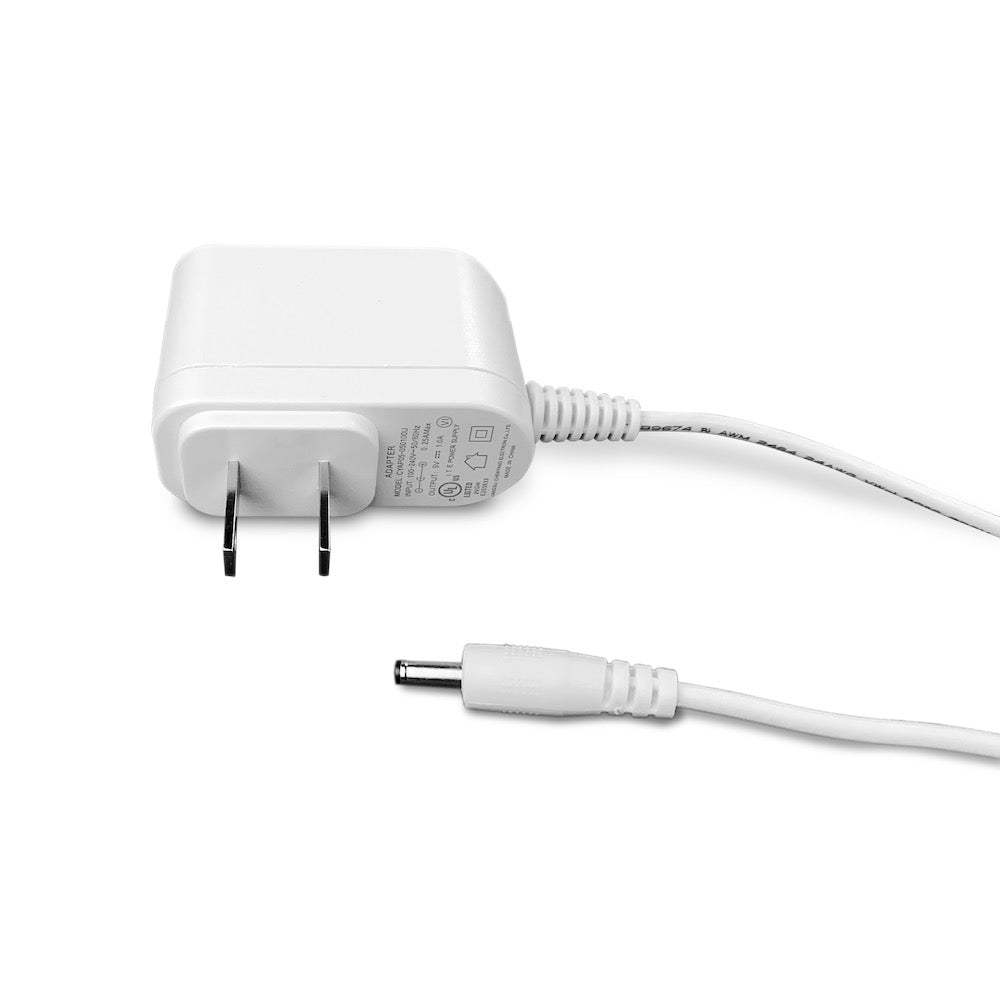
Leave a comment